Enhancing Self-Defence with Effective Takedown Techniques
In a recent video posted on the YouTube channel “Hard2Hurt”, Icy Mike, the self-defence expert behind the platform, dissected a particular takedown technique that is quite effective for self-defence. In the video titled “The Best Takedown for Self Defense,” Mike delineates the balance between control and freedom where a sweet spot for an effective takedown lies. Technique Rationale Defying some preconceived notions, Mike candidly hints that excessive control may not always be a boon during self-defence situations. His takedown technique doesn’t focus on restraining the attacker maximally, like some sports or law enforcement tactics would suggest, but rather on providing the defender with the ability to respond and adapt quickly. This principle builds on the idea that mutual control is established when physical connections are made during a confrontation – an attachment to an opponent is also an opportunity for him to attach to you. The ‘Arm Drag’ Technique Mike proposes the Arm Drag as a more fitting technique for general self-defence scenarios instead of exhaustive control tactics. The technique starts as the defender catches the attacker’s arm and drags to get to his back. However, instead of going for the waist lock – something that would be ideal in a Mixed Martial Arts (MMA) or law enforcement situation – the defender hooks his fingers into the crevice of the attacker’s elbow, limiting his control but keeping an invaluable connection. This limited connection keeps the defender aware of the attacker’s movements and the positions of his hands, critical for assessing potential threats from any concealed weapons. Advantages of Limited Control This partial control offers significant operational flexibility for the defender. Keeping an eye on the attacker’s hands and movements, the defender can choose to pull off a quick takedown or disengage entirely. Furthermore, limited attachment provides the defender with enough control to sense and respond to the attacker’s movements while maintaining a distance that diminishes the chances of catching diseases or getting stuck with hidden weapons; a critical advantage in street combat scenarios. The Balance of Control and Freedom Icy Mike doesn’t disregard the importance of control within self-defence situations but rather emphasizes careful and calculated control tailored for individual circumstances. Where traditional takes on self-defence may focus on firm control, sport-specific techniques, or complex maneuvers, Mike iterates the benefits of a less complex and more adaptable strategy for self-defence. A sophisticated balance of control and freedom allows the defender to react to sudden changes. Efficient Self-Defence Practice Towards the end of the video, Mike raises the apt dilemma about practicing self-defence specific moves, which may be a bit complex, compared to the simple yet less adaptable sport-specific techniques. Thus, Mike encourages beginners to start with basic wrestling and strikes before transitioning to more self-defence specific techniques. In summarizing his perspective, Mike effectively illustrates that the best takedown for self-defence isn’t always about absolute control but the appropriate control suitable to the situation. The key is mastering the art of quick adaption and making instinctive decisions on the fly, which ultimately improves the effectiveness of one’s self-defence tactics. Disclaimer – as mentioned, these techniques and advice come from Icy Mike, a well-seasoned self-defence practitioner. The information is meant for educational purposes, always approach your training safely and responsibly.Blablabla
Hard2Hurt is a YouTube channel run by Icy Mike, a self-defense expert. Mike uses his years of experience to educate audiences on effective self-defense methods, fitness, and martial arts. His videos are easy to understand, laced with humor, making self-defense strategies accessible for anyone willing to learn.
Self-Defence Block

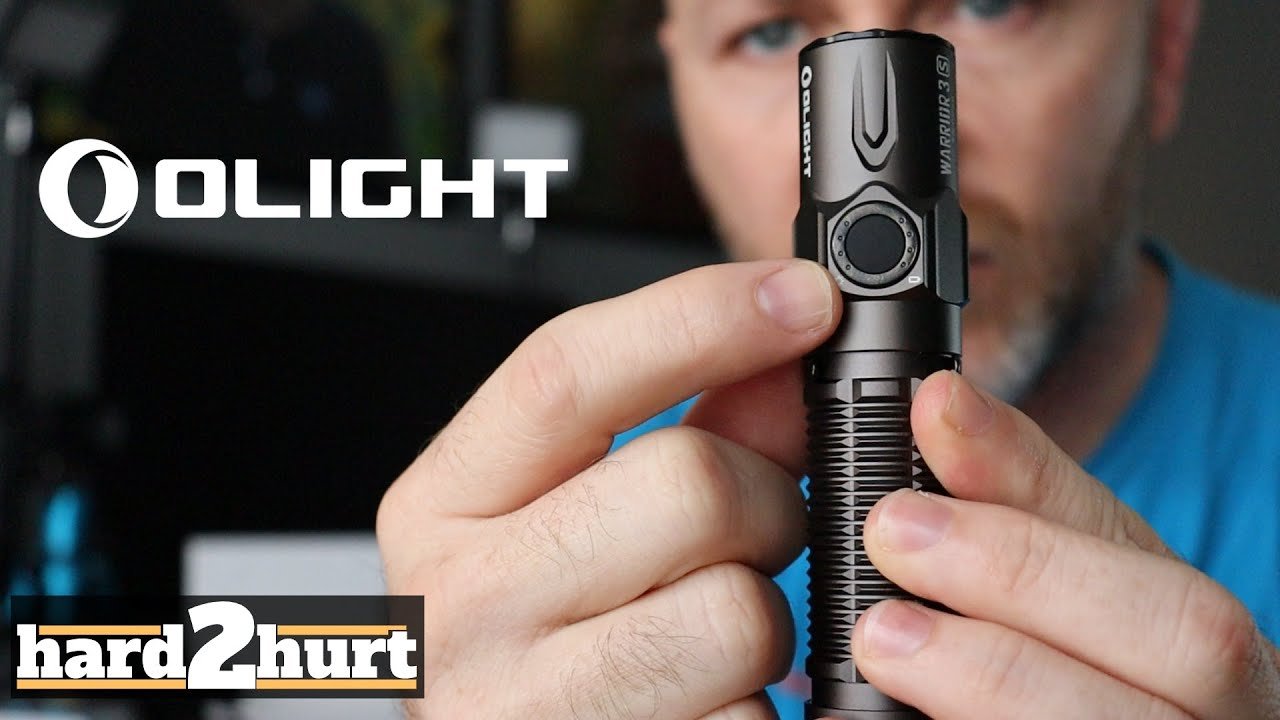
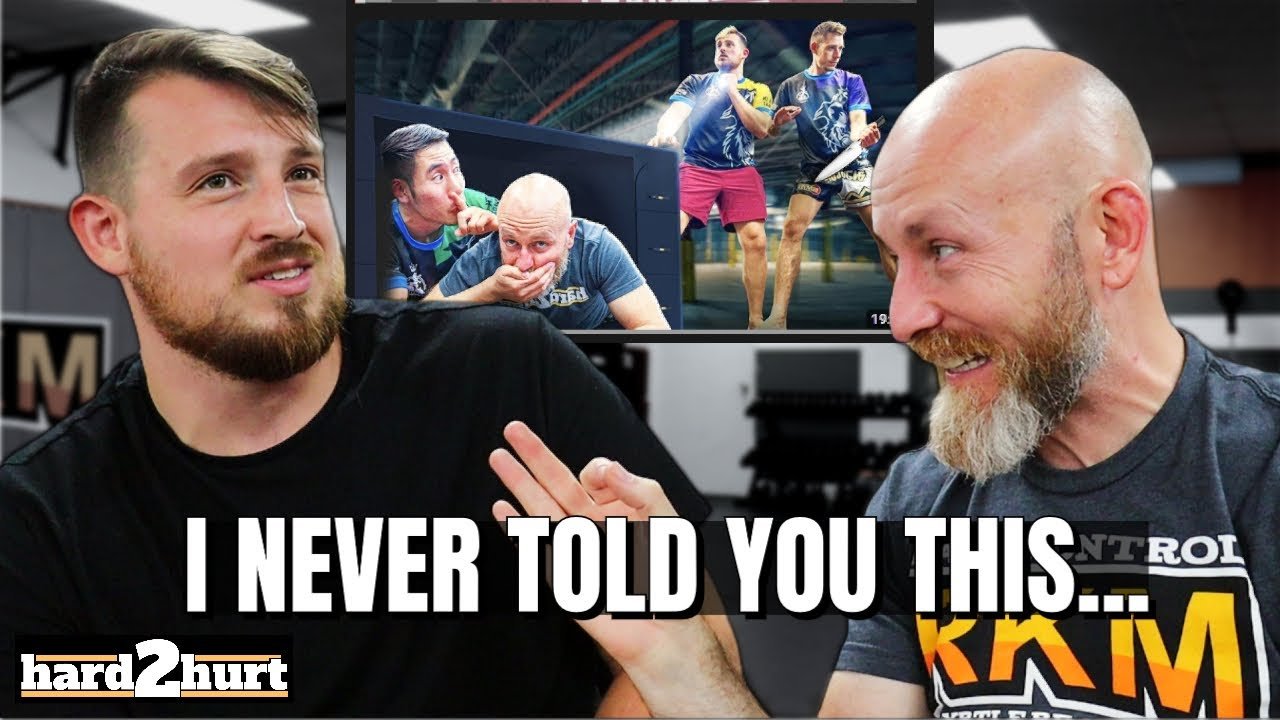
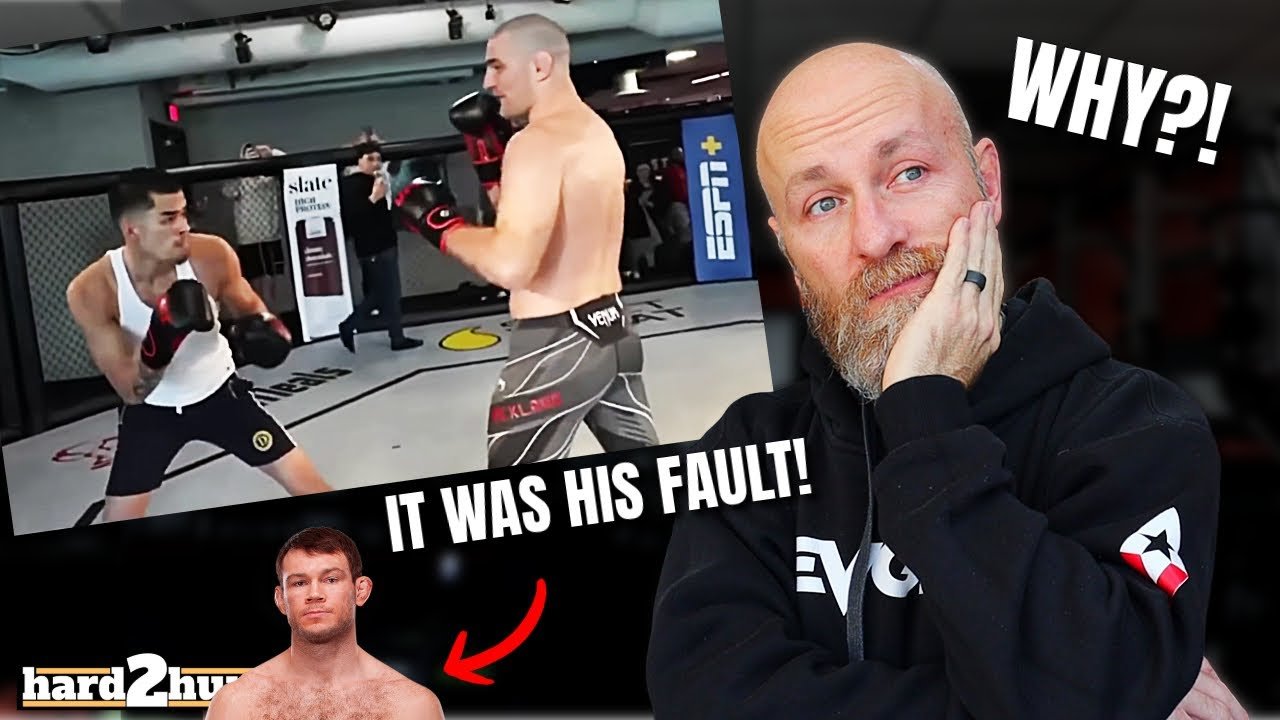
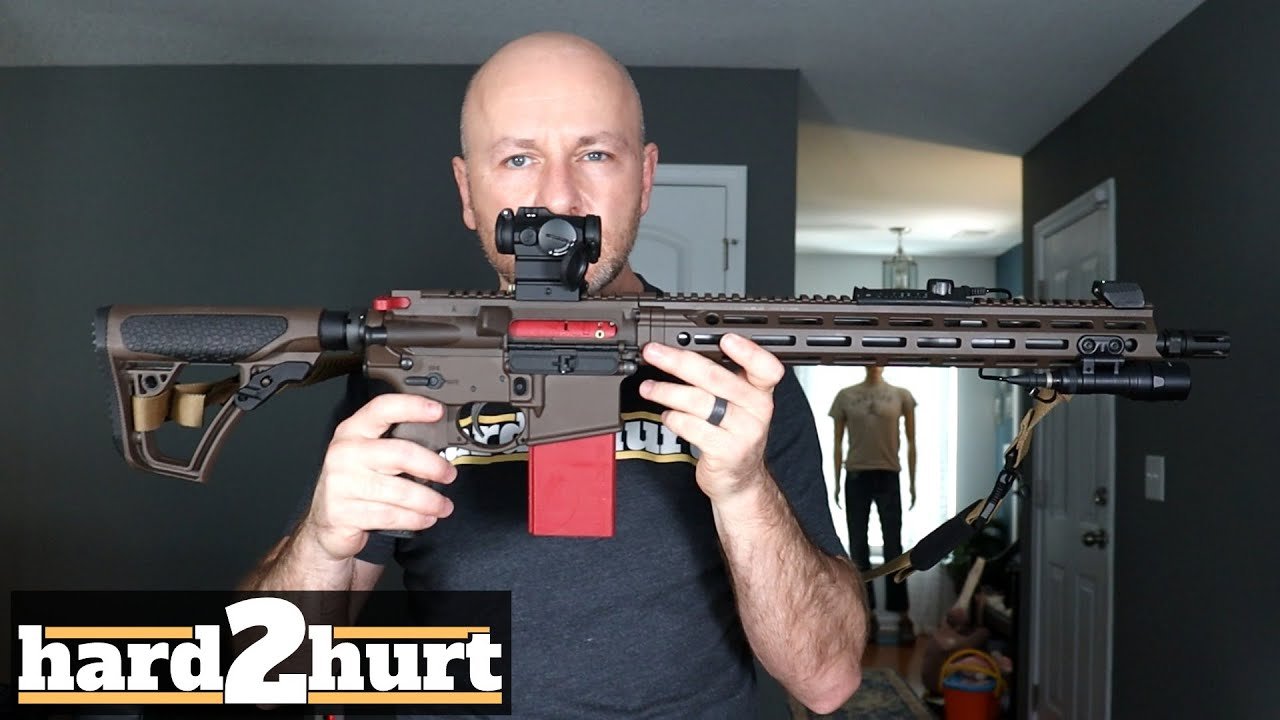
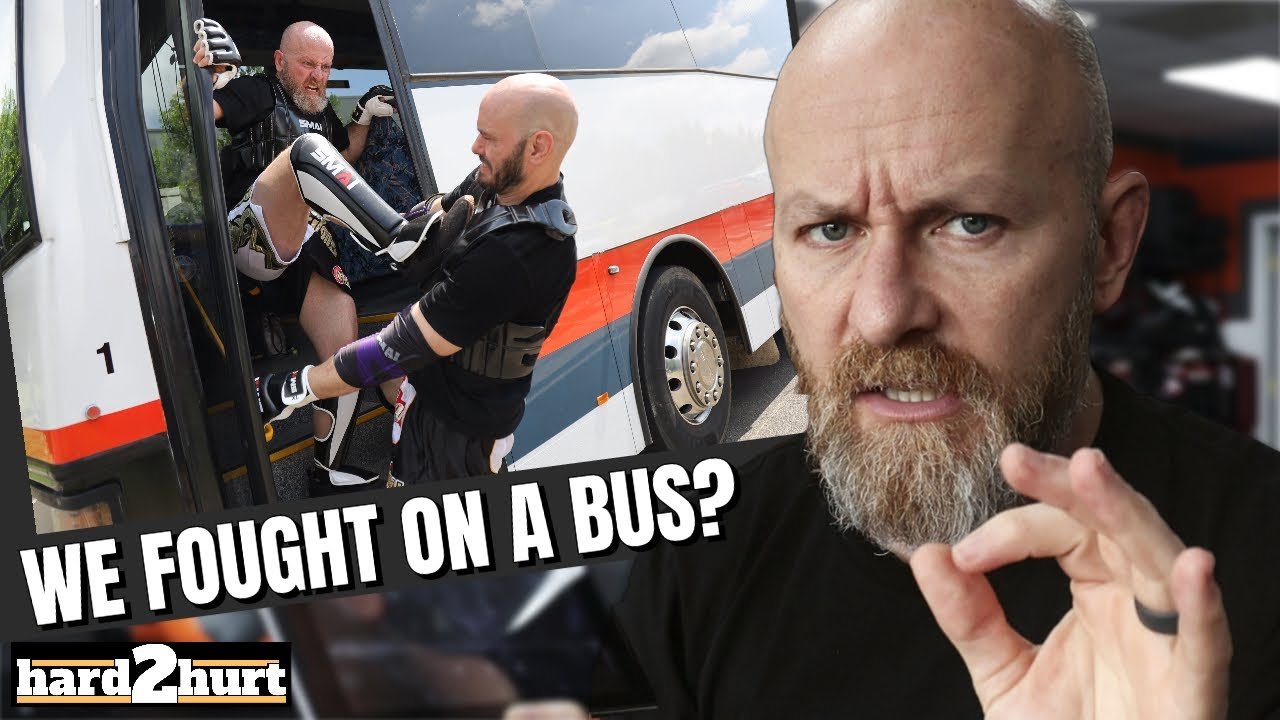
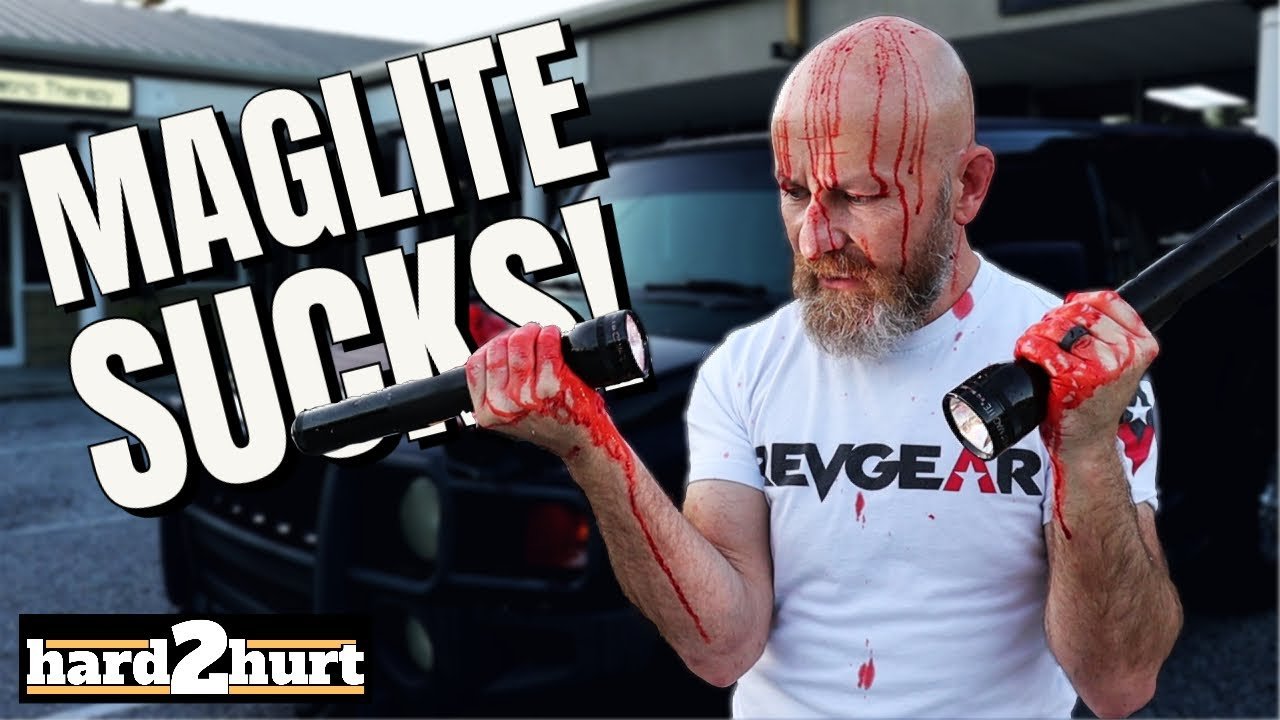

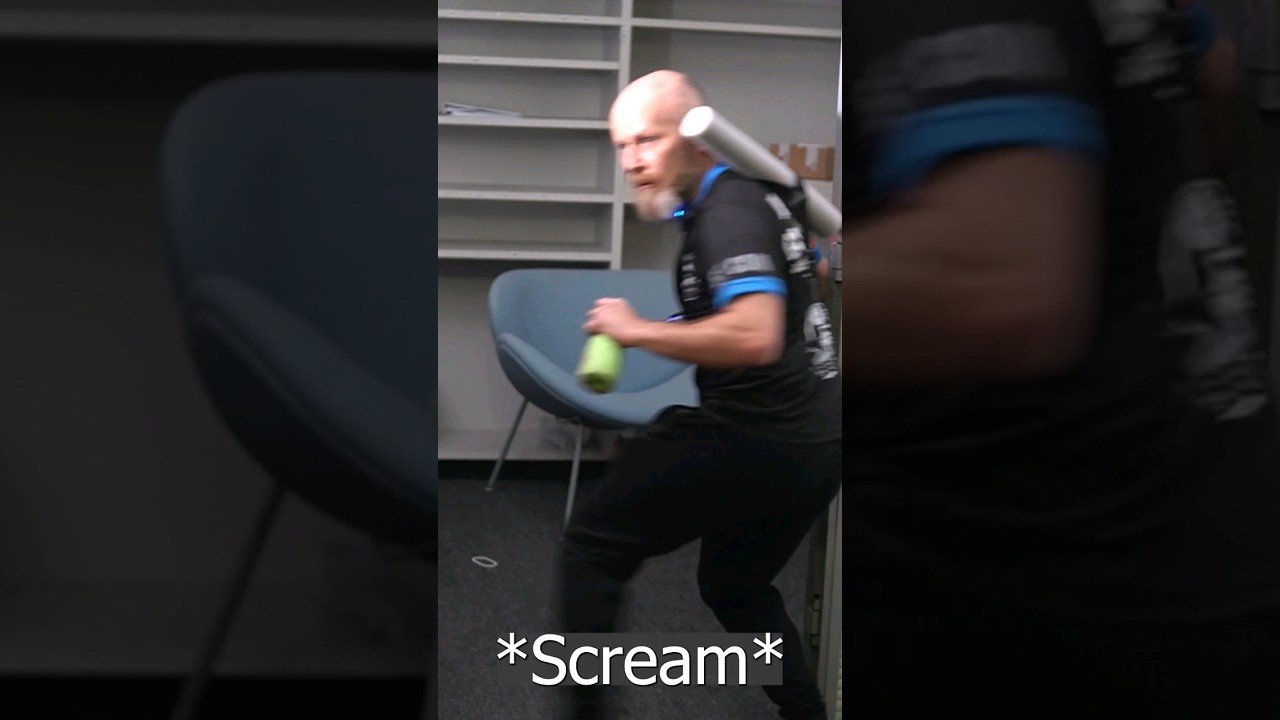

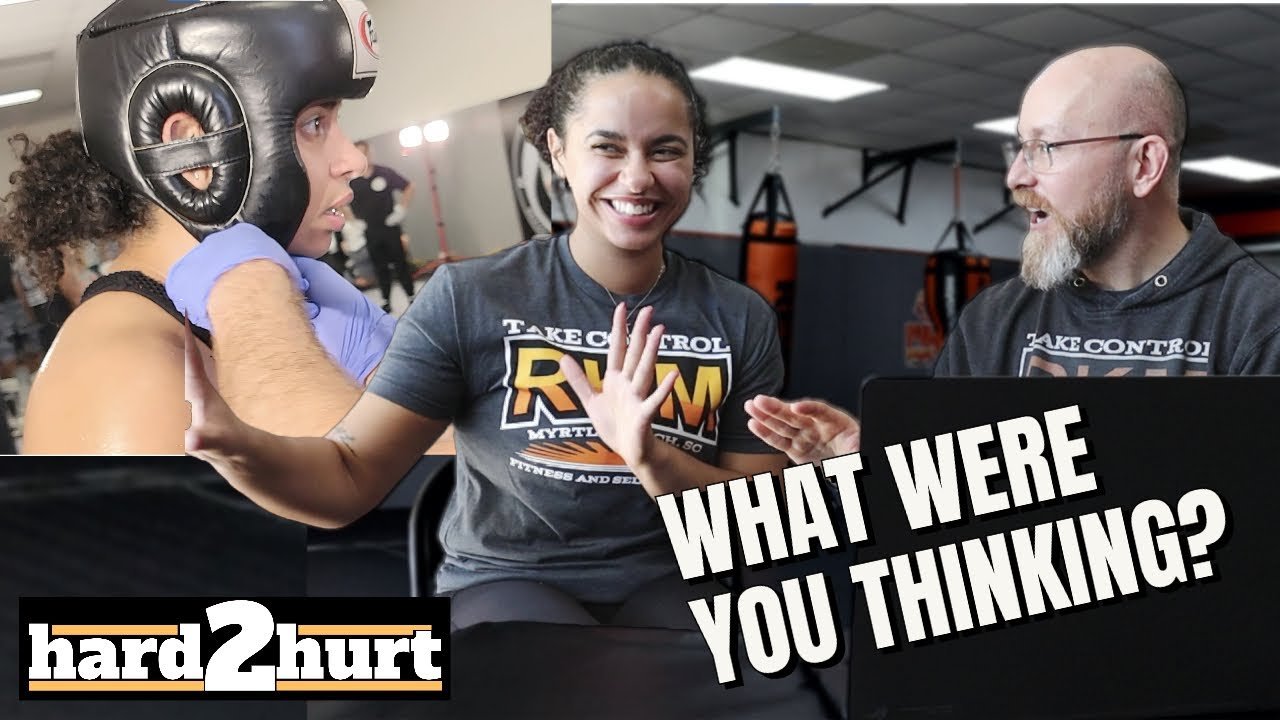
Go to this link to win a $500 Revgear gift card: https://revgear.com/hard2hurtemailsignup/
What I feel is missing on those street takedowns are things like elbow breaks, nape hits, groin hits. There are some techniques that are only good in the street. You know, dirty fighting.
TY!
Isn't that the real point to more playful engagement? Then the incentive to faneses is enough to allow some skills building.
More dancy choreographed moves to create opportunity to innovate.
why do you want to control them on the ground though? Are we trying to apprehend them?
you have a huge advantage and a lot more options if you dont follow them to the ground but stay upright after the takedown
if they are a deadly threat then dump them on the ground and stay on your feet, when they are on all fours about to get up soccer kick them in neck or knee them in the head until unconscious. There is a reason those moves are banned in mma, there is a good chance they will end the threat
if they are just some angry or drunk guy then dump them and leave the area fast as you can. or leave before they attack, even better
People often seem to think self defense is some kind of gracie challenge match where they can "win" by maintaining domination of someone until they admit they have been beat or you have proved your technical superiority to the circle of onlookers. Is trying to control someone really that important though when some guys break into your house at night or one tries to drag a woman into the back of a van at night?
I would argue that when we see footage of a grappler holding a criminal until police get there they are not doing self defense, they are being a good samaritan, which is great but a different thing
I just don't see this, who taught this guy Self-defense? Street fighting is wild and unpredictable. Usually size is not the same, like bigger guy on little, or several guys on one. Unless you're fighting a drunk good look wrestling in a street fight. sorry this gentlemen is not Self-defense knowledgeable! Someone is going to end up hurt trying this moves. Most have weapons and mean business on the streets. This is for fighting drunks! Bar fighting.
Great video! Just my thoughts, if it works, it aint fake.
This shows the difference between sports and self-defense. The idea of sports is a sustained contact to win. The idea of self-defense is to minimise contact to survive and escape
They're not entirely wrong, but they are entirely spergs.
You teaching wrestling now? lol. Welcome to the dark side.
One on one I'm not afraid of the feet or hands, but I'm very afraid of the knife. This would be better since I want to watch the hands and be able to disengage from a knife or his friends coming.
I think the difference between you and "them" is a lot of your considerations are taking into account that the bad guy is not bound by rules. Instead of "there's no rules in the streets so I would do this", its "there are no rules in the streets, so he might do this so I have to plan for it"
Having options is always worthwhile. Not everything works, and not every self defense situation is life or death. What if it a drunk uncle at a BBQ or a bipolar teen off their meds?
Great video.
Stop fingering Eric. I thought this was a family friendly channel…
My brother judo throws me on concrete. Don't ask me what throws he uses. All I know is I'm throwing a punch or kick that if it lands, it's over, then all I see is floor sealing floor splat! "Ouch, I shouldn't have had my flashlight on that hip," lol. If he did that full power to somebody that wasn't conditioned to it, fight over says I.
the move at 9:25 is absolutely the WORST piece of advice I have ever seen anyone who is supposedly knowlegeable about self defence ever give.
No, it is not "better" to drive someone's head into the ground for self defence, unless you want to be facing a potential manslaughter charge.
I speak as someone who has done a form of ura-nage in numerous real situations. You always aim to get the person to land on their shoulder. It will jar them enough to take the fight right out of them on concrete. And you don't run the risk of jail time for reckless indifference to whether or not your opponent dies.
@hard2hurt – one issue with your self defense teachings and talks about "street fights". When people are fighting on the streets or being attacked, they are not wearing shorts and a tshirt but rather thick jackets (winter), leather jackets (fall/spring), or other material which restricts movement as well as offering a means to slip out of a grip. Nevermind the additional padding a jacket may give (depending on type of jacket). I would like to see more of that element incorporated into your teachings… Keep up the awesome work.
This is a great point. If you are training “sport,” you are hitting tons of reps in reproducible skill. I recently chaperoned a youth group to a “strictly self defense” seminar. The intro was an eight strike combo, including three different punches and two different kicks. Two people on the room had any martial arts experience. As you said, any novice wrestler or boxer would be far more prepared to defend themselves.
I think it's a sometimes and context specific set of techniques in addition to fundamentals of combatives and combat sports. This sort of technique is developed and implemented once you have the capacity developed in combat sports or brawling. You know how to hurt someone, so now you can choose not to. I think the pure self defense training misses out on the fundamentals that allow this sort of complexity.
As an example jujutsu/judo likes to do this by throwing/tripping/reaping with various grips where you are still standing while maintaining control of their weapon arm with a clear view of what's around you. You can then decide what level of force you want to use. You can break their arm or stomp on their head/ribs/knees/balls, you can let go and disengage, or you can transition to ground control as the situation dictates.
However, none of this matters if you can't get to a position to knock them down or throw them. You need to be able to rumble before you can get into that sort of decision making.
You already said it: the key difference is grappling skills. Against an untrained person, thats viable IF you have wrestling in your arsenal. If you dont, the more agressive, violent, and athletic of you wins regardless of knowing that "self defense technique"
I don't know about too much control. But I think I get what Mike is saying.
It's about commitment. How much are we willing to invest in one move, with the risk of getting locked in the fight. Especially when there are outside factors we can't control.
This is BJJ for the streets


I enjoy all you videos and the fact that you make an attempt to differentiate sport from non sport.
So, here's where I think we're at. We're back around at the point where we are looking at concepts and techniques and principles that were emphasized as high priority by old-school self defense guys going back as far as Colonel William E. Fairbairn and his "gutter-fighting" system in WWII. However, we now recognize that these high priority techniques that have also been marketed as "simple, effective, gross-motor, and efficient" do in fact have a very high skill ceiling, and would require an intuitive understanding and knowledge normally only acquired after a long and lengthy career in martial arts and combat sports. Interestingly enough, every so-called "self defense system" in existence usually boils down to handpicked techniques selected by people who themselves DO have lengthy backgrounds in combat sports. Imi Licthenfeld, the founder of Krav Maga, was a wrestler and boxed. Fairbairn did Judo, Catch, Savate, and Chinese martial arts. This trend is still continuing with stuff like Gracie Survival Tactics, Tim Kennedy's Sheepdog Response organization, and Craig's Extreme Close-Quarter Concepts.
I suppose the question that needs to be asked is: Is it even possible or feasible to teach/deliver these high-level principles to people who have next to no background in fighting or athletics in a condensed period of time, and expect them to be able to execute them with consistent quality in a live environment? Or is everyone simply better off starting with modern combat sports, and only adding this kind of stuff in after 6 months – 1 year of training?
best thing would be take the knife…and go chop some vegetables. Best thing on the street against a knife would be batman's vest…but who knows.. can't become an expert without some dire consecuences.
Best thing on the street against a knife would be batman's vest…but who knows.. can't become an expert without some dire consecuences.
wrestlers are so scary, goodness forbid they grab any part of you, you're locked up for life.
I think for those that need techniques without hurting people this is better. Especially if you're a bouncer/security. Maybe youre dealing with a relative or someone you know.
We all sound the same. Just don't go looking for trouble. If you have to act(I'm starting to sound like "us" ) be sure to try to have the upper hand.
) be sure to try to have the upper hand.
Could be useful once and again.
Might it be better to train this against newer students
Icy Mike telling us he's gay without telling us he's gay in this video.
Great hip action act the end. For a minute I thought the video was going to take a turn. Lol
Defending yourself while also protecting your assailant is harder and more stressful, but you and your family will have a way happier life than if you suplex him on his head and you end up going to court or jail
“You don’t need your eyes in combat sports.” That’s a really good point and something that I like about you. You talk about looking around. It’s really easy to get focused on one thing and forget everything else.
Tactical Ted is new to me and my new favorite insult
Hello do you think it’s better to learn a striking art first or a grappling art first for self defense?
3 days a week striking and 1 day a week grappling?
Or 3 days a week grappling and 1 day a week striking?
Which is more valuable for self defense, 1 year of striking or 1 year of grappling? both including sparring.
Judo throws or trips are safer for self defense. Less comitment. And you don't end up in the ground, only the opponent
DAMN. You showed my secret favorite move. Lol. Old guy here and wrestler in the 60S. I'm little and this exact move is perfect for every occasion outside and inside the ring.
I used this on huge guys and had endless options immediately following it. Including running… Ha ha ha. Or controlling or striking or choking out etc etc.
But hey…. Don't show this to the big guys. Spoils my only advantage.
Great channel. Thanks man.
Don’t roast me in comments but old interview ken shamrock said you need to defend yourself punch straight to nose! Break their nose.
Very similar to what I know as a "Hip Crush Takedown" but using biceps/elbow control instead of a rear Bear Hug. These types of takedowns where you "sit" someone down from the rear are great, because they're safe, they work and are easy to learn. We do it with a Gable Grip around the hips but, same idea. The control you're showing makes sense for tha StREeTz!
how do you enter the giveaway?
I went to the link, it just says to enter email but it doesn't have a place to.
It’s pretty straightforward: the rules dictate the strategy. Sport is just the result of rule set – different rule sets drive different strategies. If player 3 entering the game, hidden weapons, etc, are possibilities, then you do different things.
Optimally, Block/Counter Punch to Neck Drag-n-Drop onto the back of their head.
People who end up on their back tend to take longer to get up.
Great control, Mike!

No homo.
That's why the founder of Akido only took students who were already experts in a martial art. The stuff he taught required better timing and was harder than normal judo takedowns, and wouldn't work if you didn't already have the skills necessary.
I don't think there's anything wrong with teaching this. I don't think your main point that developing fundamentals through sport fighting is more important than seeking out special techniques precludes the recognition that such techniques do exist and are worth learning as a supplement to (not substitute for) good fundamentals.
As an aside, I think one thing you might have also mentioned is that this simpler takedown might be more applicable when you start to factor in heavier clothing or uneven ground that can complicate some sport-minded grappling approaches.
Kicking the nuts 100 times is good the street fight right?
It's nice to have the ability to bail instantly.